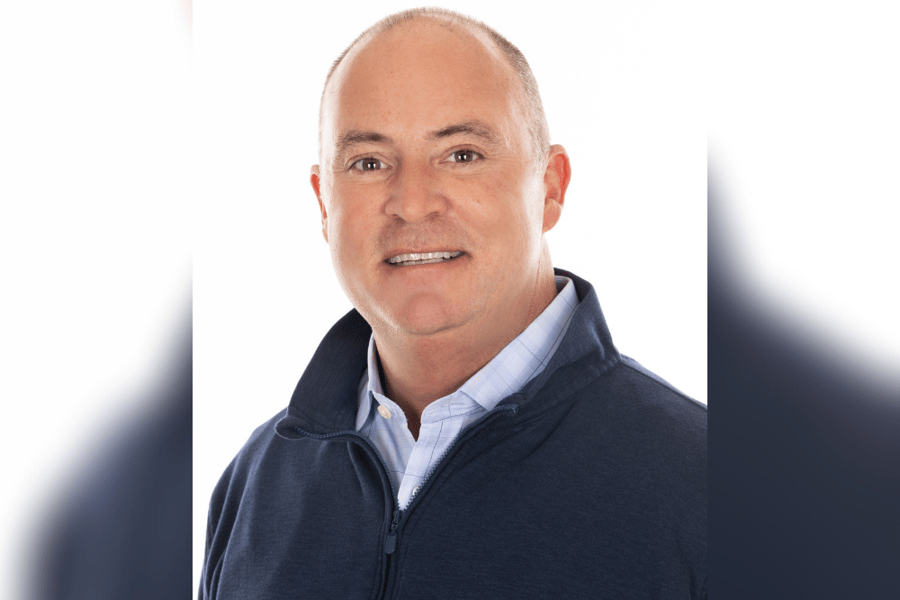Mortgage pro explains that his approach is all about positivity and empathy

Borrowers have greater access to information about the mortgage process today than they have ever had in the past. After a decade in which so much of the process has been digitized and so much background information has been posted online, the average borrower has a vast array of payment calculators, property value estimates, and how-to guides at their disposal. They can walk into a meeting with their loan officer equipped with extensive research. As we’ve also seen in so much of American life, though, doing your own research can be a double-edged sword.
Whether by personal bias or in falling victim to malicious content, borrowers looking to do their own research can end up misinformed, coming to their loan officer with completely unreasonable expectations. Addressing that misinformation is a challenge that mortgage professionals across the country have to overcome.
For Brian Grubbs (pictured), president MLO at the Raleigh Mortgage Group, addressing potential misinformation comes down to listening and understanding the borrower, before offering positive solutions. He explained that human bias in self-directed research often means borrowers come to expect they can get more than what is feasible. He noted, too, that the frenzy in today’s market can mean borrowers are anxious and driven to act fast on sometimes incorrect information. Grubbs explained some of what he’s seen in his local market and offered advice to other mortgage professionals on how to address borrower expectations.
“People’s minds can lead them to see what they want to see,” Grubbs said. “When they come to me, I tell them what they can do, instead of telling them what they can’t. I bring them a solution and give them what is available, talking about the other factors they need to take into account so they have the whole picture. I walk them to the right answers.”
Read more: Why so many originators are learning non-QM
Grubbs explained that mortgage misinformation can come from things as simple as a borrower seeing an offer for 100% financing from a local credit union. They might come to Grubbs expecting they can get that deal on a Fannie or Freddie loan, and Grubbs has to explain the specific parameters of the offer they saw. The same applies to USDA and VA loans that Grubbs often has to deal with in North Carolina, where he has to explain why a borrower might not fit in those guidelines.
A key source of misinformation, Grubbs said, comes from online payment estimators. Borrowers will walk away thinking they can afford a $350,000 house on 95% financing for a $1,200 monthly payment because the estimate won’t factor in PMI on a sub-20% down payment, taxes, or insurance costs. In light of those costs, that $1,200 turns into $1,900 pretty fast.
Property value estimations on websites like Zillow can do some damage, too, as by only using aggregate data, the platform may overvalue or undervalue a borrower’s home based on the unique selling conditions of properties around them. If the house across the street sits on the golf course, for example, and sold for $200,000 above average, then Zillow might tell a borrower their home is worth a lot more than it is.
Read more: After Texas disaster, how should the housing industry react?
For all the damage this research can do, Grubbs focuses on the positive. He always congratulates his borrowers on doing their research and is genuinely happy to hear they’re taking such an interest in their mortgage. From there, he asks a few open-ended questions and listens closely to his clients, hearing what they understand correctly and where they may have a misunderstanding. From there he can take a positive and proactive approach, offering solutions that show exactly what they can afford, rather than wagging a finger and admonishing them for doing their research. It’s an approach that he believes other mortgage professionals should be taking when a client walks in the door with expectations set by what they learned online.
“Listen to people instead of jumping to conclusions,” Grubbs said. “Don’t assume that somebody knows everything because they know something. It’s easy for people in our business to assume knowledge that ordinary people don’t have. Be conscious that your customers are at the stage you were in your first week of work, when you were still learning all the terms and particulars. Listen to your customers, be patient, and spend the extra time so they know the whole story and the whole truth.”


